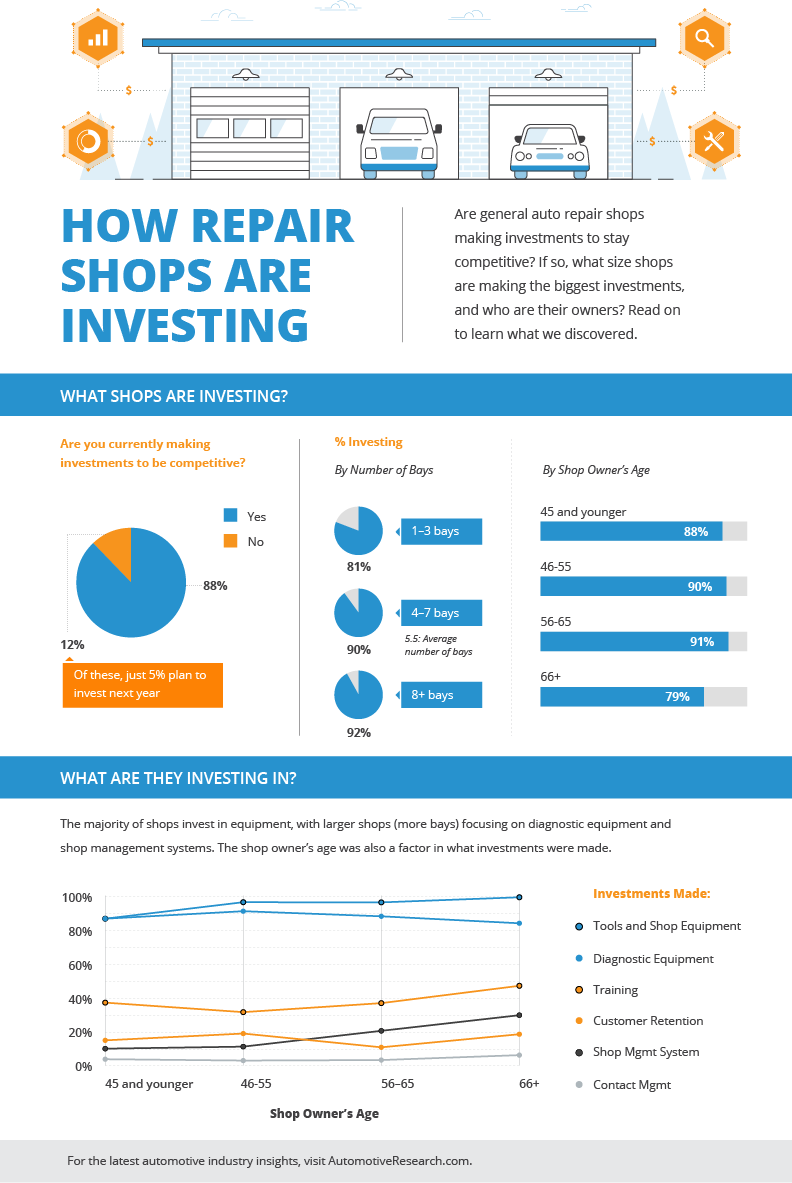Understanding The Meaning Behind Your Car'S Caution Lighting: A Comprehensive Look
Understanding The Meaning Behind Your Car'S Caution Lighting: A Comprehensive Look
Blog Article
Developed By-Sykes Forbes
When you lag the wheel, those radiant warning lights on your dashboard can be a little bit perplexing. Do you understand what they're attempting to tell you regarding your vehicle's health? Comprehending the relevance of these lights is vital for your safety and security and the longevity of your car. So, the following time one of those lights appears, wouldn't you wish to decode its message properly and take the essential actions to address it?
Common Warning Lights and Interpretations
Recognize common warning lights in your car and recognize their meanings to make sure secure driving.
The most regular caution lights consist of the check engine light, which signifies issues with the engine or discharges system. If this light comes on, it's essential to have your vehicle examined immediately.
The oil pressure advising light suggests reduced oil stress, needing immediate attention to avoid engine damages.
A blinking battery light might suggest a faulty billing system, potentially leaving you stranded if not addressed.
The tire pressure tracking system (TPMS) light informs you to reduced tire pressure, affecting lorry stability and gas performance. Overlooking this can cause harmful driving conditions.
The ABS light shows an issue with the anti-lock braking system, compromising your capacity to stop swiftly in emergency situations.
Finally, the coolant temperature level cautioning light warns of engine getting too hot, which can result in extreme damages otherwise settled swiftly.
Comprehending these usual warning lights will assist you resolve issues without delay and keep safe driving problems.
Importance of Prompt Attention
Understanding the common warning lights in your vehicle is only the first step; the value of promptly addressing these warnings can not be emphasized sufficient to guarantee your safety and security when driving.
When a warning light brightens on your dashboard, it's your auto's method of communicating a prospective concern that needs interest. Ignoring these warnings can bring about extra serious problems down the road, compromising your safety and security and possibly costing you extra out of commission.
Motivate attention to cautioning lights can prevent breakdowns and accidents. For example, a flashing check engine light can suggest a misfire that, if left ignored, could cause damage to the catalytic converter. Addressing https://brakesplus51628.blogolenta.com/29023410/examine-your-car-s-requirements-to-discover-the-perfect-vehicle-describing-solution-for-you-but-which-factors-will-truly-influence-your-choice can conserve you from a pricey repair service.
Likewise, a brake system alerting light could signify reduced brake fluid or used brake pads, crucial components for your safety and security when driving.
DIY Troubleshooting Tips
If you notice a warning light on your control panel, there are a couple of do it yourself repairing suggestions you can attempt before looking for specialist assistance.
The first step is to consult your automobile's handbook to comprehend what the certain warning light shows. Sometimes the issue can be as easy as a loosened gas cap activating the check engine light. Tightening the gas cap may settle the trouble.
One more common concern is a reduced battery, which can trigger various alerting lights. Examining https://www.consumerreports.org/car-maintenance/fall-cleanup-and-maintenance-for-your-car/ for rust and ensuring they're safe and secure might take care of the issue.
If a caution light lingers, you can attempt resetting it by separating the cars and truck's battery for a couple of minutes and afterwards reconnecting it. In addition, checking your vehicle's fluid levels, such as oil, coolant, and brake fluid, can assist troubleshoot alerting lights related to these systems.
Verdict
In conclusion, comprehending your automobile's caution lights is necessary for keeping your car running efficiently and securely. By promptly addressing these notifies and understanding what they indicate, you can avoid expensive repair work and prospective malfunctions.
Keep in mind to consult your auto's manual for certain details on each alerting light and do something about it accordingly to make sure a trouble-free driving experience.
Remain educated, remain risk-free when driving!
